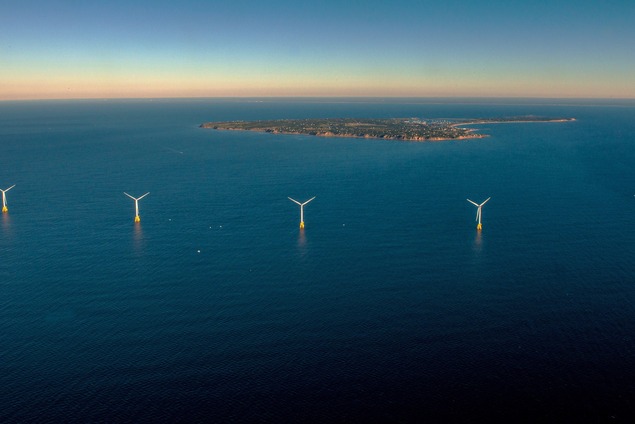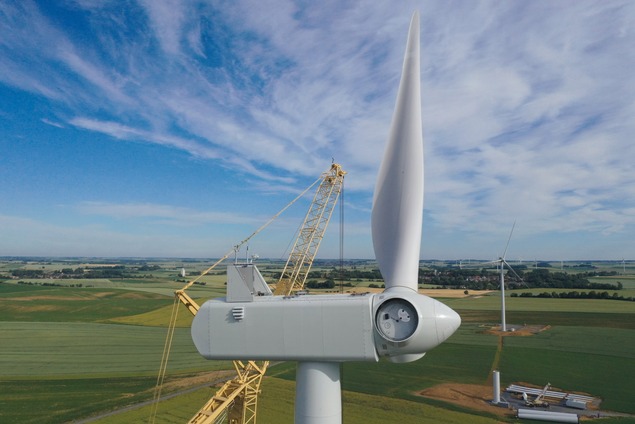Onshore wind
The management and functioning of a wind farm
Want to learn more about wind power? Want to understand how a wind turbine works? Find out everything you need to know about wind energy on this page, from designing a wind farm to dismantling a turbine or repowering it.
Today, wind energy is crucial to our energy mix, enabling us to generate carbon-free power. In 2024, wind power accounted for 6.3% of France's total electricity production. According to a 2021 study by RTE (operator of the French electricity transmission network), all six energy scenarios proposed to achieve carbon neutrality by 2050 indicate that developing wind energy is essential. It is a form of energy with a promising future.
Wind farms fall under the category of ‘classified installations for environmental protection’ (ICPE) and are subject to stringent regulations designed to protect biodiversity and minimise their impact on surrounding human activities. Thus, numerous challenges must be addressed and several authorisations obtained to construct a wind farm.
The stages of wind farm development
Identification of a suitable site
The first stage in the development of wind farms is identifying a suitable installation site. This prospecting phase, involving cartographic analysis and wind resource assessment, is crucial and relatively complex, as the installation of a wind farm must meet numerous criteria:
A positive reception from the municipality or municipalities where the wind farm is to be located
A minimum distance of 500 metres from residential areas
Avoidance of protected natural areas
Keeping a sufficient distance from aviation corridors and military radar systems
Keeping a sufficient distance from UNESCO sites
Proximity to a connection point with available capacity
Topography suitable for construction
Adequate wind resources
Once the suitable area has been identified, extensive surveys are then required to verify the feasibility of the project and to adapt its design to local challenges.
Studies required for the installation of wind turbines
BayWa r.e. France has in-house technical experts - wind and acoustic engineers, agronomic and environmental engineers and a landscape designer - to ensure coordination of studies upstream and downstream of the development phase.
Wind assessment
To ensure that the potential site has adequate wind resources, a wind measurement mast is installed on-site for at least one year. The mast measures:
Wind speed using five anemometers positioned at different heights
Wind direction using a wind vanes
Bat activity using microphones to anticipate potential measures needed to mitigate the impact of wind energy on these species



